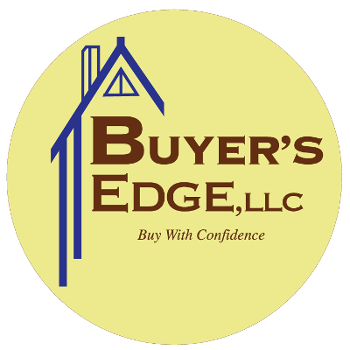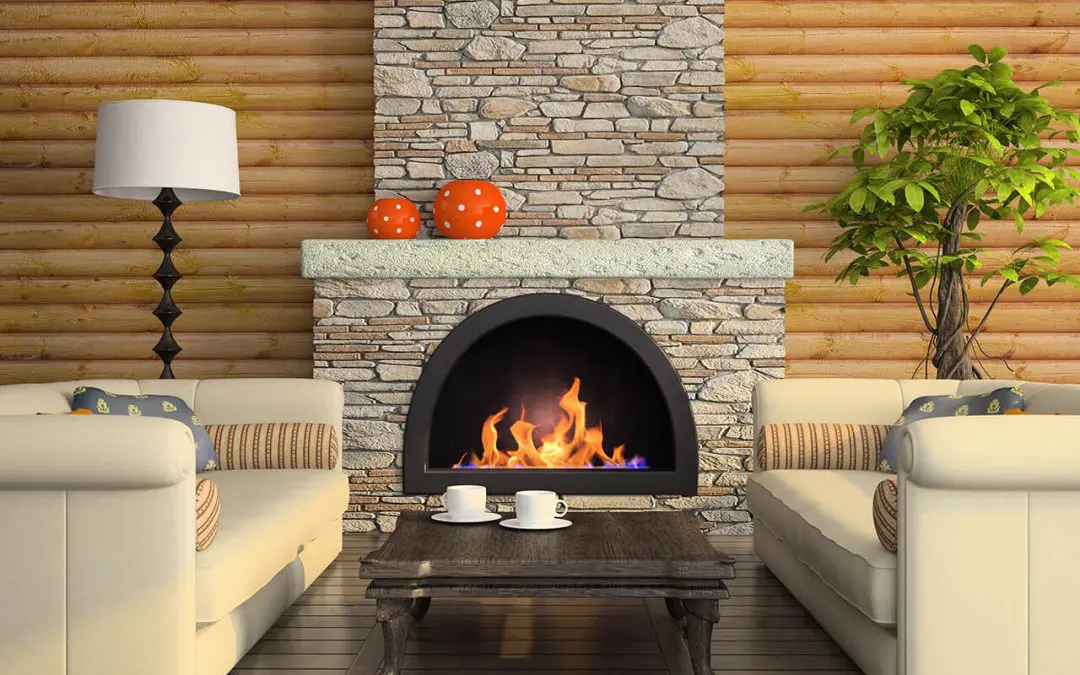In cold weather, there are few things more comforting than the soft glow, crackling sounds, and radiant warmth from a fireplace. However, fire safety requires more than simply lighting the fire and adding logs. Here are some fireplace safety procedures to follow in order to keep the risk to a minimum.
Check for Damage
Inspect the fireplace, bricks, and mortar for gaps, cracks, and holes. These should be repaired before building your first fire of the season. It’s important to use the correct product. Regular mortar isn’t fire-resistant, however, your local home improvement store should carry a product that is specifically formulated for fireplace repairs. Fix the cracks yourself or hire a professional to handle the repair.
If severe damage is found in the firebox (the area where logs are placed and burned) or in the chimney, call a professional mason to make repairs.
Proper Ventilation is Necessary for Fireplace Safety
When using the fireplace, open a window in the room just a bit. This will keep the space ventilated and the cool air will be pulled up the chimney.
Make sure the chimney cap is properly installed. This will prevent debris from collecting inside and animals from building nests in the chimney. A chimney cap is also designed to help prevent blow-backs, which happen when the wind blows smoke back down the chimney into your home.
Use the fireplace damper to manage the airflow into the firebox. Make sure the damper is open when starting a fire.
General Upkeep to Maintain Fireplace Safety
To keep your fireplace safe, here are some basic tips.
- Burn only dry, seasoned wood. Anything that is still damp will produce an abundance of smoke and contribute to creosote build-up.
- Don’t allow ashes to accumulate in the firebox. Before removing the ashes, be sure there are no active coals. They can remain hot for three days after the fire was extinguished. Ashes should cool completely before being disposed of.
- Before building a fire, look for tree branches overhanging the house that are too close to the chimney. If an ember floats up, it could set fire to the branch. Prune overgrown limbs in preparation for winter.
- Keep flammable objects such as furniture, drapes, and rugs away from the fire.
- Use the proper tools to handle ashes and logs to prevent burns.
- Have a certified chimney sweep inspect and clean the chimney at least once a year.
- Check that all smoke and CO detectors are functional.
- Do not leave a burning fire unattended, especially with children or pets nearby.
Fires are potentially dangerous, however, following proper fireplace safety will significantly reduce the hazards involved. You can spend more time relaxing, and less time worrying. Due to the risks, it is best to consult with local professionals to repair damage involving the chimney and fireplace.
Buyer’s Edge, LLC offers inspection services to customers in western North Carolina and upstate South Carolina. If you’re buying or selling a home, contact us to schedule an appointment.

